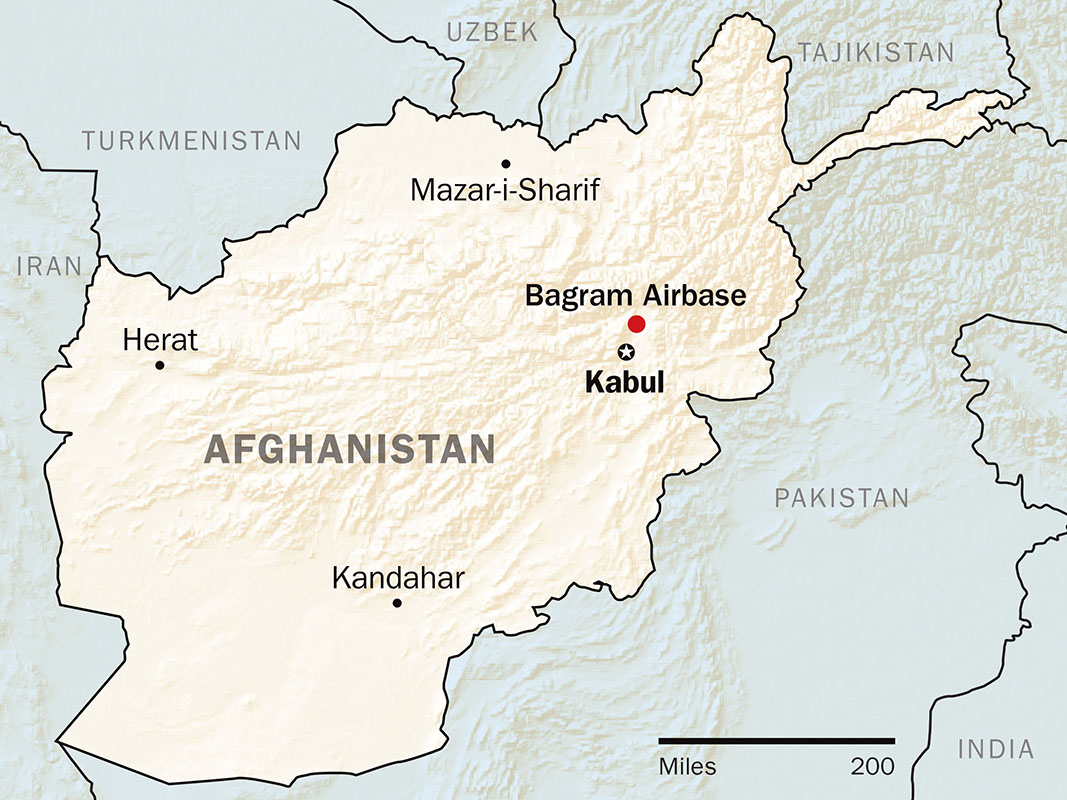NOTE
*IAW USSOCOM Sanitization Protocol for Historical Articles on Classified Current Operations, pseudonyms are used for majors and below who are still on active duty, unless names have been publicly released for awards/decorations or DoD news release. Pseudonyms are identified with an asterisk. The eyes of personnel in photos are blocked out when not covered with dark visors or sunglasses, except when the photos were publicly released by a service or DoD. Source references (end notes) utilize the assigned pseudonym.
When formed on 1 March 2002, the Combined Joint Special Operations Task Force – Afghanistan (CJSOTF-A) faced several simultaneous challenges. The first was to provide command and control over units spread across Afghanistan and support them in the field. The second was to create a base to house the headquarters and its personnel. Its third challenge was to manage the incoming flow of food, water, ammunition, and supplies needed to sustain CJSOTF and all of its elements. The CJSOTF-A headquarters staff had to accomplish all of these tasks at a former Soviet Union airbase about twenty-five miles northeast of the Afghanistan capital of Kabul, while engaging the Taliban and al Qaeda throughout the rugged country.1

In 2002, Bagram Airbase was still a hostile and austere environment with no modern features. Just months prior the base had been fiercely fought over by Taliban and Northern Alliance forces. A Special Forces Operational Detachment-Alpha (ODA) from 5th Special Forces Group under Task Force DAGGER operated out of Bagram as early as 21 October 2001, controlling close air support (CAS) missions for friendly indigenous forces still fighting entrenched Taliban dug into the plains around the airbase. When American combat support forces moved in soon after, there were only rudimentary defensive works, sporadic power, no potable water, and no sewage treatment. Landmines, ‘booby traps,’ and other unexploded ordnance from decades of conflict littered the area. The few buildings still standing, neglected for years, were damaged from the fighting. It took a concerted effort by the allied forces to make it habitable; more than 200 Soviet-era bombs and landmines were detected and safely destroyed in December 2001 alone.2 That was the situation faced by the 3rd Special Forces Group (SFG)/CJSOTF-A staff in mid-March 2002.
